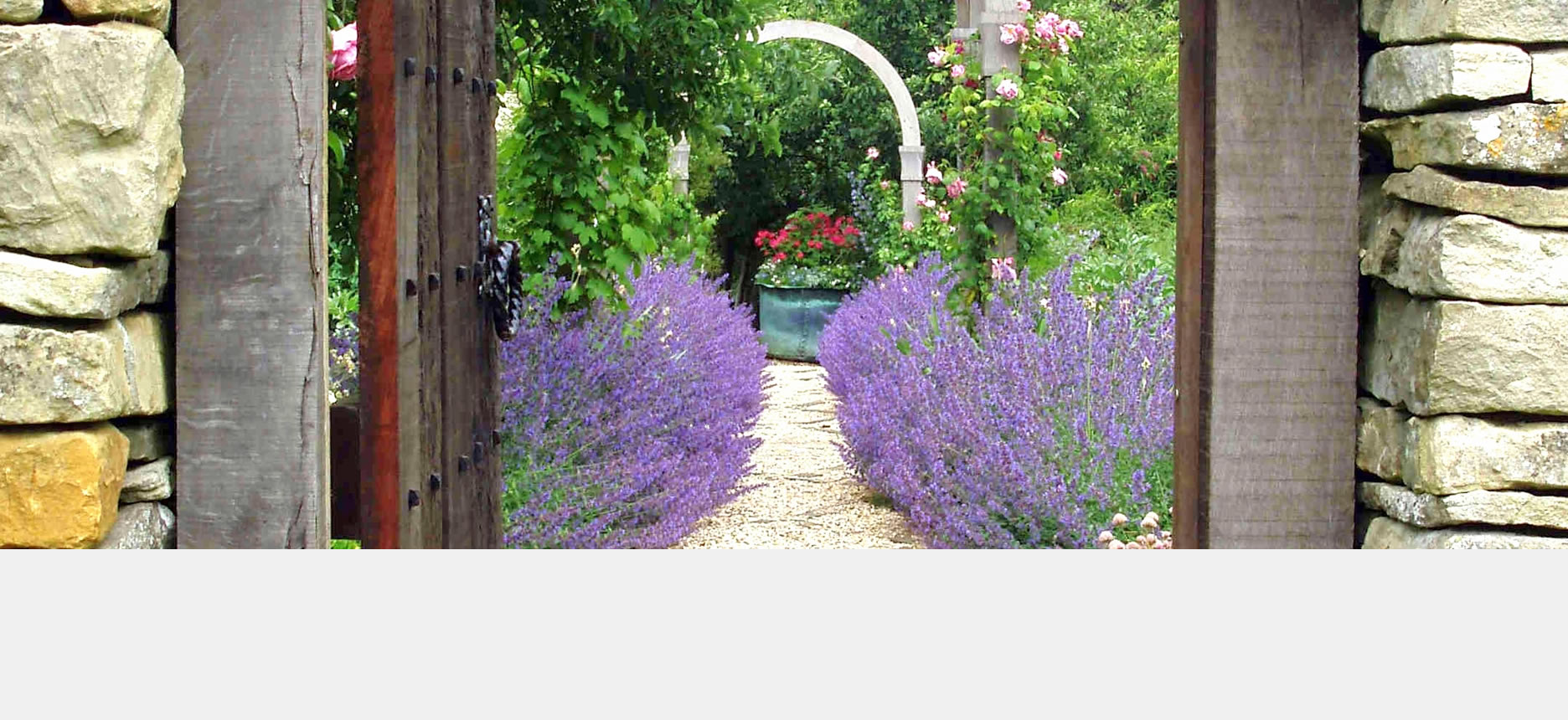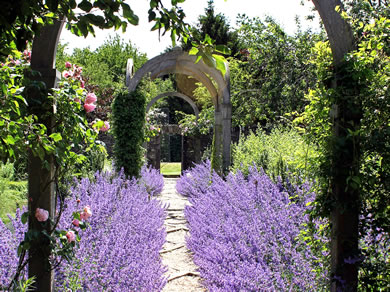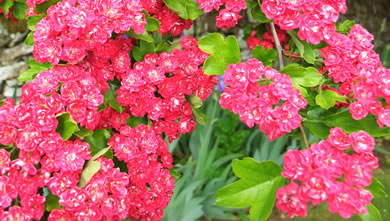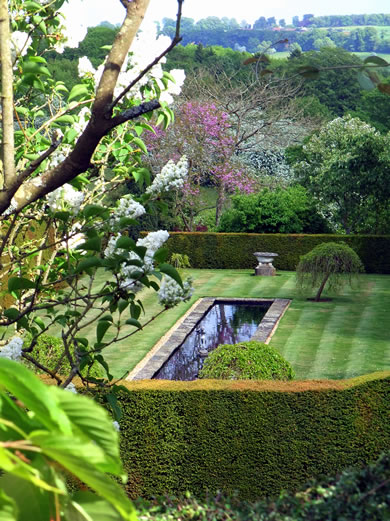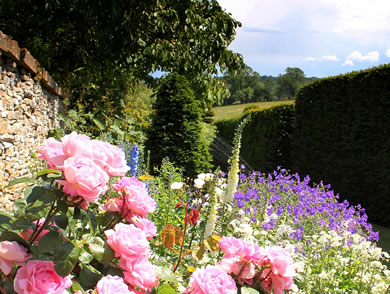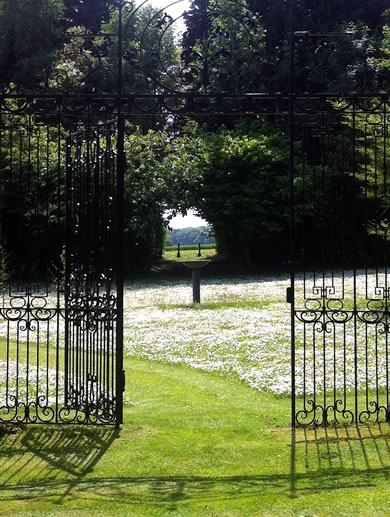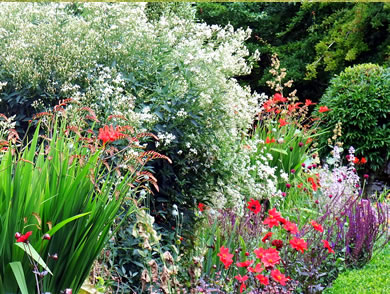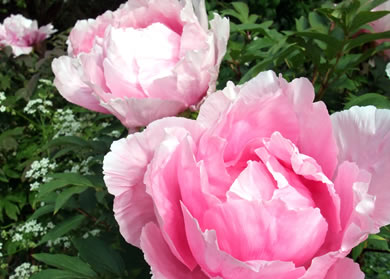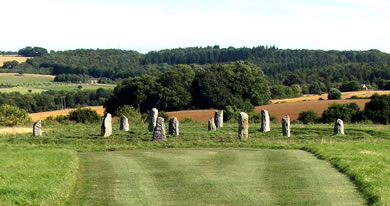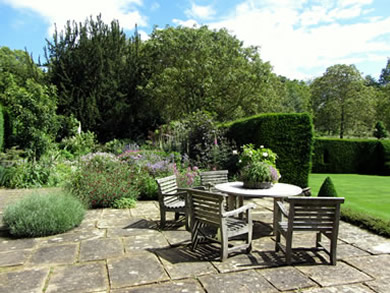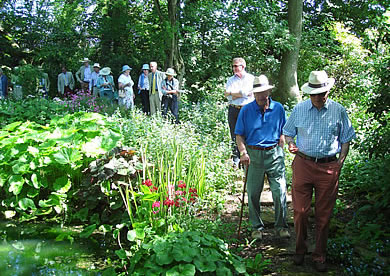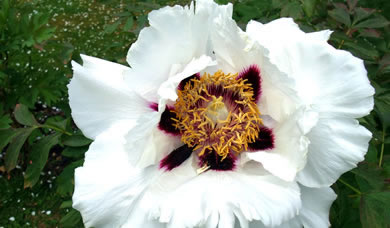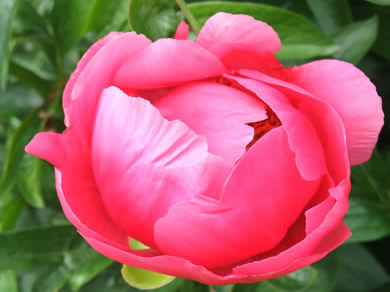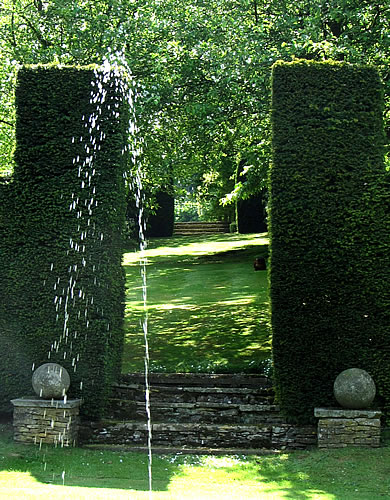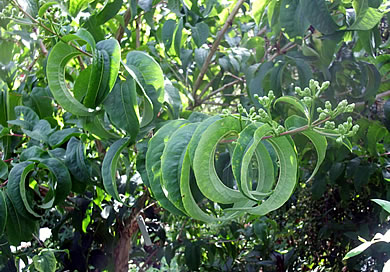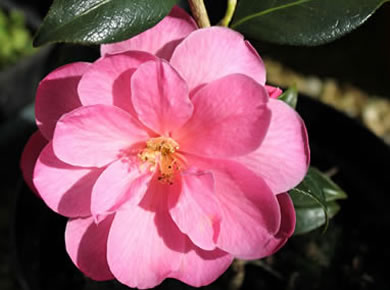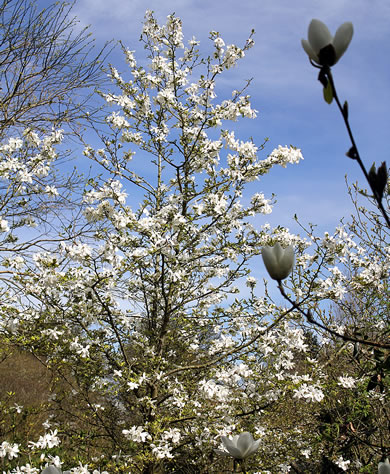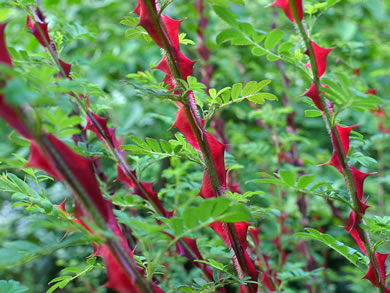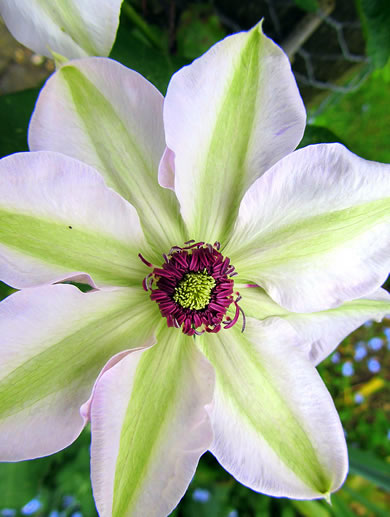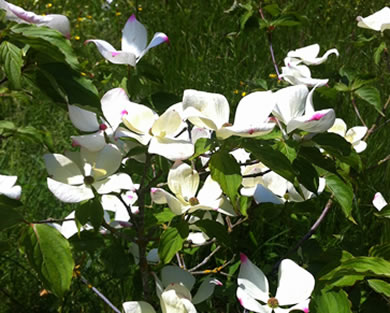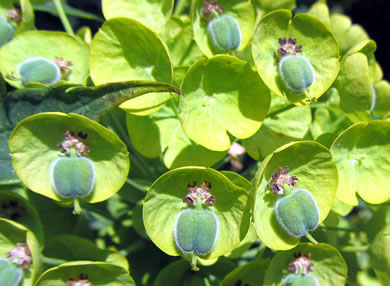About The Garden
Gardens evolve and change. By their nature, shrubs, trees and plants grow and die. This year, we have taken out a whole border to replant, refresh and recreate. It is always a difficult decision, but hopefully the result will be worthwhile in the future.
When we came to Upton Wold in 1973, there was no garden to change, just a piece of land around an old house, two very ancient yews, an imposing holly, some old apple trees and a very beautiful view.
We were helped from the start by the brilliant landscape architects Hal Moggridge and the late Brenda Colvin, plus a JCB and our enthusiasm to create.
A greenhouse was built, yew hedges planted, the bank by the house reshaped, a terrace built on the east side and borders created leading to the herbaceous border. This border was completely recreated in 2009, with the addition of a rill.
The Pond Garden lies hidden beyond a wild flower meadow, approached through a wrought iron gate at the end of the herbaceous border.
The lower border followed, and across the lawn the Hidden Garden, which has young magnolias. The handkerchief tree, Davidia involucrata, flowered after 20 years.
From the Hidden Garden a path leads through an old orchard to more shrub borders. Behind the restored dovecote is a small arboured vegetable garden and a walk of Malus "John Downie". The gravel garden, at the end of the Malus walk, was added in 2010.
The canal, fountains and weeping Mulberry trees were added in 1995, designed by Anthony Archer Wells.
After the initial planting, the garden was further extended to the east with a vegetable and fruit garden, approached by a Hornbeam walk flanked by a white border and a red and black border. Leading on through stone pillars and gates is the Woodland Garden, with its much-needed shelter belt beyond.
The sundial of Kilkenny stone was designed by Mark Lennox-Boyd.
Beyond the Woodland Garden is the arboretum of mainly Walnut trees, which is one of the National Collections of Juglans, with nearly 170 cultivars.
The labyrinth, designed by Hal Moggridge, was completed in March 2013 to act as a focal point through the arboretum, leading to the medieval village of Upton, finally deserted after the Black Death.
Upton Wold is looked after by three full-time gardeners, with some further help, who are coping endlessly with plants and cuttings bought, begged or given from all over the world, and without whom there would be no garden.
Would you like to visit Upton Wold? Click here for more information >>
Some of the more unusual plants you will find when you explore Upton Wold:
- Lonicera tragophylla ' Maurice Foster
- Emmenopterys henryi
- Philadelphus maculatus
- Heptacodium miconiodes jasminodes
- Calycanthusfloridus 'Purpurens'
- Salix magnifica
- Cornus controversa 'Eddie's white wonder'
- Holboellia coriacea
- Drimys winteri
- Davidia involucrata
- Pterocarya fraxinifolia
- Rosa sericea pteracantha
- Magnolia acuminata 'Yellow Bird'
- Buddleia crispa agathasoma
- Arisarum proboscideum

